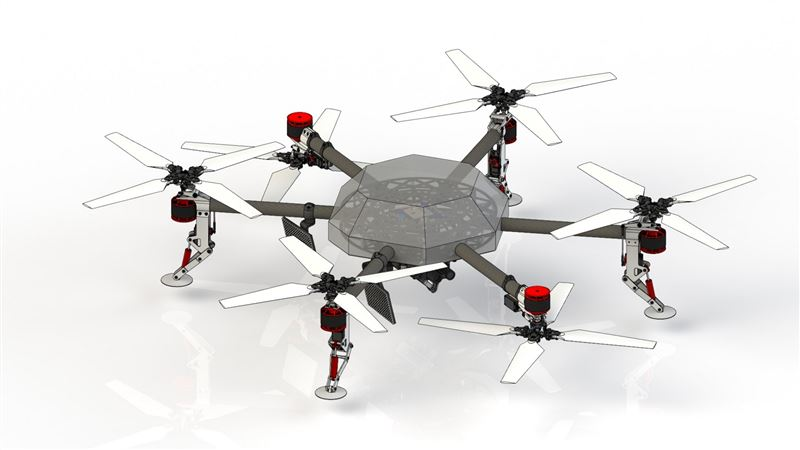
JAXA: Mars exploration drone: 1km flight / 1 time
-It requires 33 times the lift of the earth, and it flies a whopping 1 km-
JAXA:
The research group designed a drone for exploration of Mars.
Tohoku University,
Tokyo Metropolitan University,
This is a joint research with Kogakuin University.
Mars Exploration Drone:
The purpose is flight exploration in the underground cavity on the surface of Mars.
Aiming for practical use in Mars exploration in the 2030s.
Challenge with Mars Drone:
The gravity of Mars is about one-third that of the Earth.
The air density is low and the lift is 1/100.
Flight requires 33 times more lift than the Earth.
Therefore, it is difficult to design a drone.
Until now, flight has been considered difficult.
Performance of JAXA drone:
The JAXA drone has a maximum flight distance of 1 kilometer in one flight.
The JAXA drone can fly three times as far as the NASA Mars helicopter.
Exploration of the Martian Underground Cavity:
Mars has a vertical hole with a diameter and depth of about 100-200 meters.
A cave continues behind it.
The temperature of the underground cavity is constant,
Less affected by radiation,
Therefore, there is a possibility that traces of living things can be found.
However, it is difficult for the rover to enter, and it is necessary to explore with a small aircraft.
JAXA’s multicopter:
The research group designed a multicopter Mars drone.
Normally, when the rotation speed of the rotor is close to Mach 1, a shock wave is generated and it becomes difficult to fly.
But
It was clarified that a shock wave is not generated even if the rotor rotation speed is increased.
Elucidation of the mechanism of shock wave generation
Initially, the rotation speed of the rotor
Not to be affected by shock waves
To be Mach 0.77
Designed with a loading capacity of 1.1 kg.
Simulation results:
It turns out that the payload can be increased to 1.9 kg.
Self-charging device and
Equipped with a heat retention function,
Flight exploration has become possible many times.
In addition, it was found that a thin wing with sharp front and rear edges was adopted, and it was possible to fly 1 km at a time.
New switch